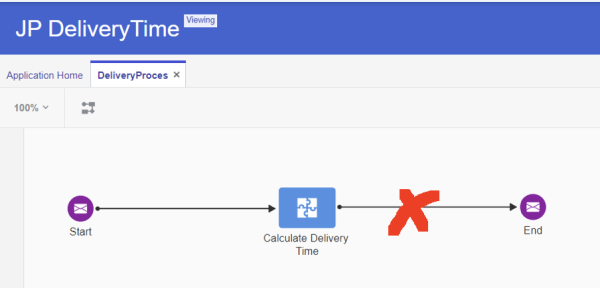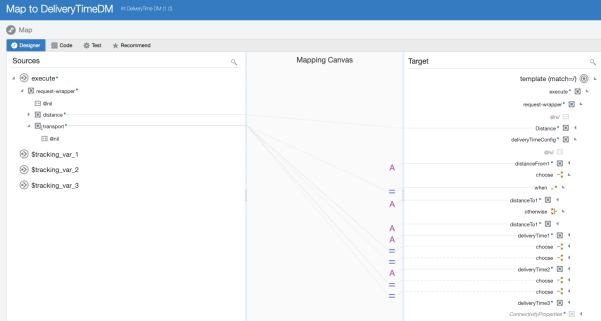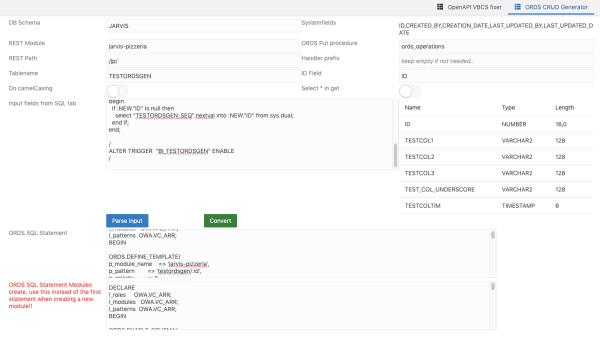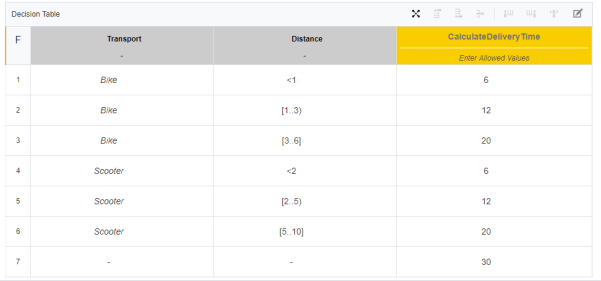 |
We have written a blog series of 6 posts describing a Decision Model Use Case. Because it concerns a series of multiple blogs and it may be difficult to oversee the whole. We will outline the full picture in this blog. |
Summary
The Use Case is about accessing a Decision Model via ICS from PCS. The data used in the DM is retrieved from a Business Object in ICS and sent to the DM. The DM request data and the DM outcomes are stored in a BO in JSON format via an integration. Continue reading







